Home>Maintenance & Safety>Emergency Preparedness>How To Wire A Backup Generator To Your House
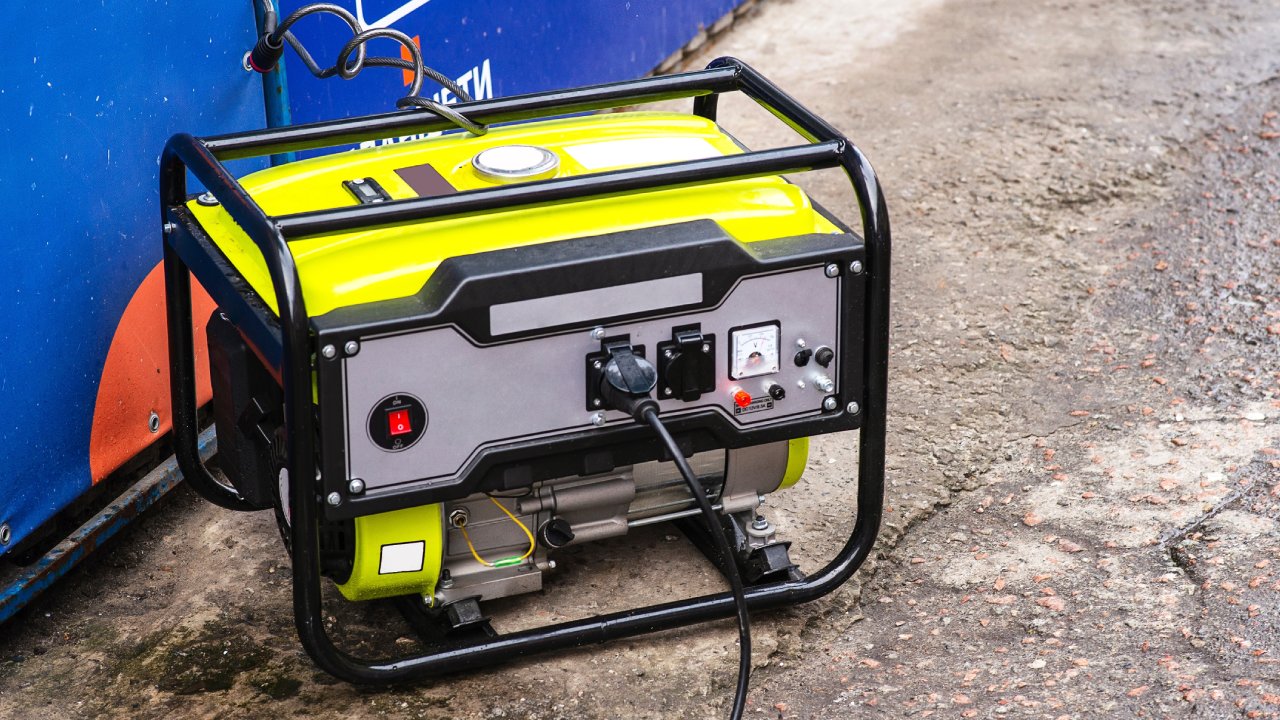

Emergency Preparedness
How To Wire A Backup Generator To Your House
Modified: January 6, 2024
Learn how to wire a backup generator to your house for emergency preparedness. Follow our step-by-step guide to ensure your home is ready for any power outage.
(Many of the links in this article redirect to a specific reviewed product. Your purchase of these products through affiliate links helps to generate commission for Storables.com, at no extra cost. Learn more)
Introduction
When disaster strikes and the power grid fails, having a backup generator can be a lifesaver. Whether it's a hurricane, blizzard, or other unforeseen circumstances, a backup generator ensures that essential appliances and systems in your home continue to function. In this comprehensive guide, we'll explore the essential steps and safety precautions for wiring a backup generator to your house, providing you with the peace of mind that comes with being prepared for emergencies.
A backup generator can power critical appliances such as refrigerators, sump pumps, and heating systems, as well as provide essential lighting and charging capabilities. However, it's crucial to approach the installation process with caution and attention to detail. From selecting the right generator for your needs to safely connecting it to your home's electrical system, each step is vital in ensuring a seamless and secure setup.
Throughout this guide, we'll emphasize the importance of safety precautions, as working with electrical systems and generators requires a thorough understanding of potential hazards and risks. Additionally, we'll delve into the technical aspects of installing a transfer switch, a key component that enables the safe and efficient use of a backup generator. By following the steps outlined in this guide and adhering to safety protocols, you'll be well-equipped to wire a backup generator to your house and safeguard your household from the impact of power outages.
In the following sections, we'll discuss the critical factors to consider when choosing a generator, the installation of a transfer switch, and the meticulous process of connecting the generator to the transfer switch. We'll also cover testing procedures to ensure that your backup power system operates flawlessly when it's needed most. By the end of this guide, you'll have the knowledge and confidence to implement a reliable backup power solution for your home, providing you and your family with a sense of security and preparedness in the face of unexpected power disruptions.
Key Takeaways:
- Prioritize safety at every step of wiring a backup generator, consult professionals, and adhere to electrical codes to create a secure and reliable power solution for your home during emergencies.
- Carefully choose the right generator, install a transfer switch, and conduct thorough testing to ensure a seamless and dependable backup power system for your household’s needs.
Read more: How To Install A Backup Generator
Safety Precautions
Prior to embarking on the process of wiring a backup generator to your house, it is paramount to prioritize safety at every stage of the installation. Working with electrical systems and generators requires a meticulous approach and a thorough understanding of potential hazards. By adhering to the following safety precautions, you can mitigate risks and ensure a secure and reliable backup power setup for your home.
- Consult a Professional: While it is possible to wire a backup generator to your house independently, it is highly recommended to consult with a qualified electrician or generator installation professional. Their expertise can provide invaluable guidance, ensuring that the installation complies with local building codes and safety standards.
- Location and Ventilation: When selecting a placement location for your generator, prioritize proper ventilation to prevent the buildup of toxic fumes. Ensure that the generator is positioned in an area with adequate airflow and is not enclosed in a confined space.
- Carbon Monoxide Detection: Install carbon monoxide detectors in your home, particularly in close proximity to the generator. Carbon monoxide is a colorless, odorless gas emitted by generators, and early detection is crucial for preventing potential health hazards.
- Grounding and Electrical Isolation: Properly ground the generator and install a transfer switch to isolate it from the main power grid. This prevents backfeeding, a hazardous situation where electricity from the generator flows back into the utility lines, posing a danger to utility workers and neighboring properties.
- Proper Maintenance: Regularly maintain and service your generator according to the manufacturer’s guidelines. This includes routine inspections, oil and filter changes, and overall upkeep to ensure optimal performance during emergencies.
- Fire Safety Measures: Keep a fire extinguisher nearby and establish a clear evacuation plan in the event of a generator-related fire. Additionally, refrain from storing flammable materials in close proximity to the generator.
- Electrical Load Management: Prioritize essential loads and avoid overloading the generator. Understanding the wattage requirements of your appliances and systems will help prevent electrical overload and ensure efficient power distribution.
By meticulously adhering to these safety precautions and seeking professional guidance when needed, you can approach the installation of a backup generator with confidence and a steadfast commitment to safeguarding the well-being of your household. Prioritizing safety at every stage of the process is fundamental in creating a secure and reliable backup power solution for your home.
Choosing the Right Generator
When it comes to selecting a backup generator for your home, several factors must be carefully considered to ensure that it meets your specific needs and provides reliable power during emergencies. Understanding the different types of generators and their capabilities is essential for making an informed decision. Here are key considerations to guide you in choosing the right generator for your household:
- Power Requirements: Begin by assessing the essential appliances and systems you intend to power during an outage. This may include refrigerators, heating systems, sump pumps, lighting, and communication devices. Calculate the total wattage requirements to determine the size and capacity of the generator needed to support these loads.
- Generator Types: Generators come in various types, including portable, standby, and inverter generators. Portable generators offer versatility and mobility, while standby generators are permanently installed and automatically activate during power outages. Inverter generators are known for their quiet operation and clean power output, suitable for sensitive electronics.
- Fuel Source: Consider the fuel availability and accessibility in your area when choosing a generator. Common fuel options include gasoline, propane, and diesel. Select a generator that aligns with your preferred fuel source and storage capabilities.
- Automatic Transfer Switch Compatibility: If opting for a standby generator, ensure compatibility with an automatic transfer switch (ATS). The ATS facilitates seamless power transfer from the main electrical panel to the generator, enabling automatic activation and safe electrical isolation.
- Noise Levels: Evaluate the noise output of the generator, especially if noise restrictions or close proximity to neighboring properties are a concern. Inverter generators are known for their quiet operation, making them suitable for residential environments.
- Local Regulations and Codes: Familiarize yourself with local regulations, zoning codes, and homeowner association guidelines pertaining to generator installation. Compliance with these requirements is essential to avoid potential legal and safety issues.
By carefully considering these factors and conducting thorough research, you can make an informed decision when choosing a generator that aligns with your specific power needs and operational preferences. Whether opting for a portable, standby, or inverter generator, selecting the right generator is a crucial step in establishing a reliable backup power solution for your home.
Installing a Transfer Switch
One of the fundamental components of a safe and efficient backup power system is a transfer switch. A transfer switch serves as a crucial link between the main electrical panel and the backup generator, enabling seamless power transfer and electrical isolation. Proper installation of a transfer switch is essential for ensuring the reliable and secure operation of your backup generator. Here’s a comprehensive overview of the steps involved in installing a transfer switch:
- Assessment and Planning: Begin by assessing the electrical panel and identifying a suitable location for the transfer switch. Consult the manufacturer’s guidelines and local building codes to ensure compliance with installation requirements.
- Power Source Selection: Determine the circuits and electrical loads that will be connected to the transfer switch. Prioritize essential appliances and systems while avoiding non-essential loads to prevent overloading the generator.
- Shut Off Power: Prior to installation, shut off the main power supply to the electrical panel to ensure a safe working environment. Use appropriate safety measures and tools when handling electrical components.
- Mounting the Transfer Switch: Securely mount the transfer switch in the designated location, ensuring that it is easily accessible and positioned according to the manufacturer’s specifications. Follow precise mounting instructions to guarantee stability and proper functionality.
- Electrical Connections: Carefully connect the designated circuits to the transfer switch, following the provided wiring diagrams and instructions. Exercise caution and precision when making electrical connections to guarantee a secure and reliable setup.
- Grounding and Bonding: Properly ground the transfer switch and ensure that it is bonded to the main electrical panel in accordance with electrical codes and safety standards. Grounding is essential for protecting against electrical faults and ensuring system integrity.
- Testing and Verification: Once the transfer switch is installed and the electrical connections are completed, conduct thorough testing to verify its functionality. Test the transfer of power from the main panel to the generator and ensure that the switch operates as intended.
By meticulously following these steps and adhering to safety protocols, you can effectively install a transfer switch that seamlessly integrates your backup generator with your home’s electrical system. The transfer switch plays a pivotal role in enabling the safe and automatic transition to backup power, providing you with peace of mind during unexpected outages.
Make sure to install a transfer switch to safely connect your backup generator to your house. This will prevent backfeeding and protect utility workers.
Connecting the Generator to the Transfer Switch
Once the transfer switch is securely installed, the next critical step in wiring a backup generator to your house is connecting the generator to the transfer switch. This process involves meticulous attention to detail and adherence to safety precautions to ensure a seamless and secure electrical setup. Here’s a comprehensive guide to connecting the generator to the transfer switch:
- Generator Placement: Position the generator in a well-ventilated outdoor location, adhering to manufacturer’s clearance requirements and local regulations. Ensure that the generator is situated in a manner that allows for safe operation and maintenance.
- Generator Cord and Inlet Installation: Install a generator power cord with the appropriate amperage and plug configuration, ensuring that it aligns with the generator’s output and the inlet box on the exterior of your home. Securely mount the inlet box in a readily accessible location, providing a weatherproof and safe connection point for the generator cord.
- Wiring Connections: Connect the generator power cord to the inlet box, following the provided wiring diagrams and instructions. Exercise caution and precision when making electrical connections, ensuring that the wiring is securely fastened and insulated to prevent any potential hazards.
- Transfer Switch Configuration: Inside the electrical panel, configure the transfer switch to recognize the backup power source from the generator. Follow the manufacturer’s guidelines and ensure that the switch is set to seamlessly transfer power in the event of a utility outage.
- Testing and Verification: Conduct comprehensive testing to verify the functionality of the generator-to-transfer switch connection. Test the transfer of power from the generator to the transfer switch, ensuring that the switch activates and supplies power to the designated circuits as intended.
- Compliance and Safety Checks: Verify that all electrical connections and configurations comply with local building codes and safety standards. Prioritize safety checks to confirm that the generator-to-transfer switch connection is secure and free from potential risks.
By meticulously following these steps and prioritizing safety at every stage, you can effectively connect the generator to the transfer switch, establishing a reliable and seamless link between the backup power source and your home’s electrical system. This critical connection ensures that your backup generator is poised to provide essential power during unexpected outages, offering you and your household peace of mind and preparedness.
Read more: What Is The Best Backup Generator For Home
Testing the System
Thorough testing of the backup power system is a crucial step in ensuring its reliability and effectiveness during emergencies. By conducting comprehensive tests, you can verify the seamless operation of the generator, transfer switch, and the connected circuits, providing you with the assurance that your backup power solution is ready to support essential loads when the need arises. Here’s a detailed overview of the testing process for your backup power system:
- Initial System Check: Begin by conducting an initial system check to ensure that the generator, transfer switch, and connected circuits are in proper working condition. Verify that the generator is fueled and maintained according to the manufacturer’s guidelines, and that the transfer switch is configured for seamless power transfer.
- Simulated Outage Test: Initiate a simulated outage by disconnecting the main power supply to the electrical panel. This test will activate the transfer switch and prompt the generator to supply power to the designated circuits, simulating a real-life power outage scenario.
- Load Testing: During the simulated outage, monitor the performance of essential appliances and systems powered by the generator. Verify that the connected circuits receive consistent and stable power, and that the generator effectively supports the anticipated electrical loads.
- Automatic Activation Test: If your backup power system includes an automatic transfer switch, verify that it seamlessly activates in response to the simulated outage. Confirm that the transfer of power from the main electrical panel to the generator occurs without manual intervention.
- Duration and Fuel Consumption: Assess the duration of the simulated outage and monitor the generator’s fuel consumption. This evaluation provides insight into the generator’s operational capacity and ensures that it can sustain the required electrical loads for extended periods if necessary.
- Electrical Integrity Check: After restoring the main power supply, conduct an electrical integrity check to ensure that the transfer switch returns to its normal state and seamlessly transitions the electrical load back to the utility grid.
- Comprehensive Documentation: Document the results of the testing process, including any observations, fuel consumption data, and operational insights. This documentation serves as a valuable reference for future maintenance and system optimization.
By diligently conducting these tests and closely monitoring the performance of your backup power system, you can identify any potential issues and ensure that the system operates seamlessly when faced with a real power outage. Thorough testing instills confidence in the reliability of your backup power solution, empowering you to face unexpected outages with preparedness and peace of mind.
Conclusion
Establishing a reliable backup power system for your home is a proactive and essential measure in safeguarding your household against the impact of unexpected power outages. By following the comprehensive steps outlined in this guide, you have gained valuable insights into the meticulous process of wiring a backup generator to your house, from prioritizing safety precautions to conducting thorough testing of the system. It is crucial to approach each stage of the installation with attention to detail, adherence to safety protocols, and a commitment to creating a secure and efficient backup power solution.
Throughout this guide, we emphasized the importance of safety precautions, underscoring the need to consult with professionals, prioritize proper ventilation, and adhere to electrical codes and regulations. By prioritizing safety at every stage of the installation, you can mitigate risks and create a secure environment for the reliable operation of your backup power system.
Choosing the right generator for your specific power needs is a critical decision that requires careful consideration of power requirements, fuel sources, and local regulations. Whether opting for a portable, standby, or inverter generator, selecting the appropriate generator lays the foundation for a dependable backup power solution tailored to your household’s needs.
Installing a transfer switch and connecting the generator to the transfer switch are pivotal steps in seamlessly integrating the backup power source with your home’s electrical system. By meticulously following the installation procedures and conducting thorough testing, you can ensure that the transfer switch and generator work in unison to provide essential power during outages.
Thorough testing of the backup power system validates its reliability and operational effectiveness, providing you with the confidence that your household is prepared for unforeseen power disruptions. By simulating outages, monitoring electrical loads, and documenting system performance, you can identify any potential issues and optimize the system for seamless operation.
By embracing the knowledge and insights presented in this guide, you are well-equipped to wire a backup generator to your house with confidence and precision. Prioritizing safety, meticulous planning, and comprehensive testing are the cornerstones of a robust and reliable backup power solution, offering you and your household the peace of mind and preparedness needed to navigate unexpected power outages with resilience and confidence.
Frequently Asked Questions about How To Wire A Backup Generator To Your House
Was this page helpful?
At Storables.com, we guarantee accurate and reliable information. Our content, validated by Expert Board Contributors, is crafted following stringent Editorial Policies. We're committed to providing you with well-researched, expert-backed insights for all your informational needs.
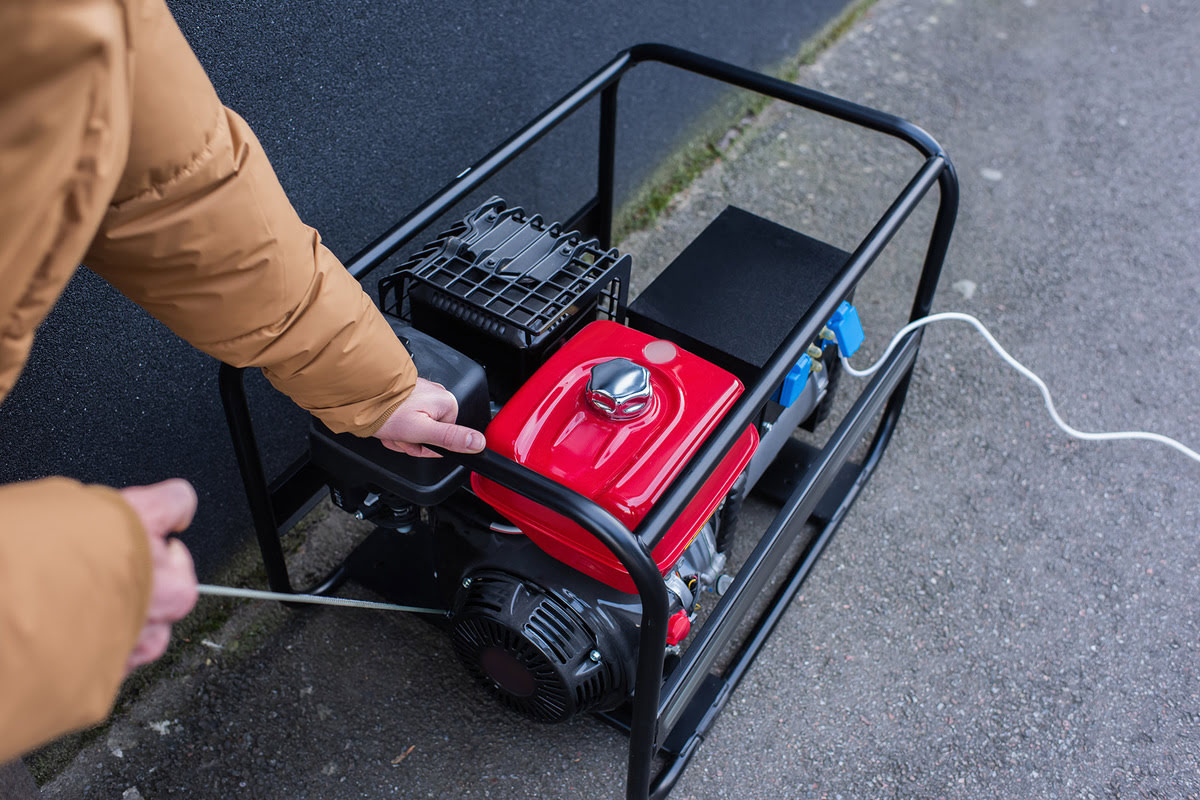
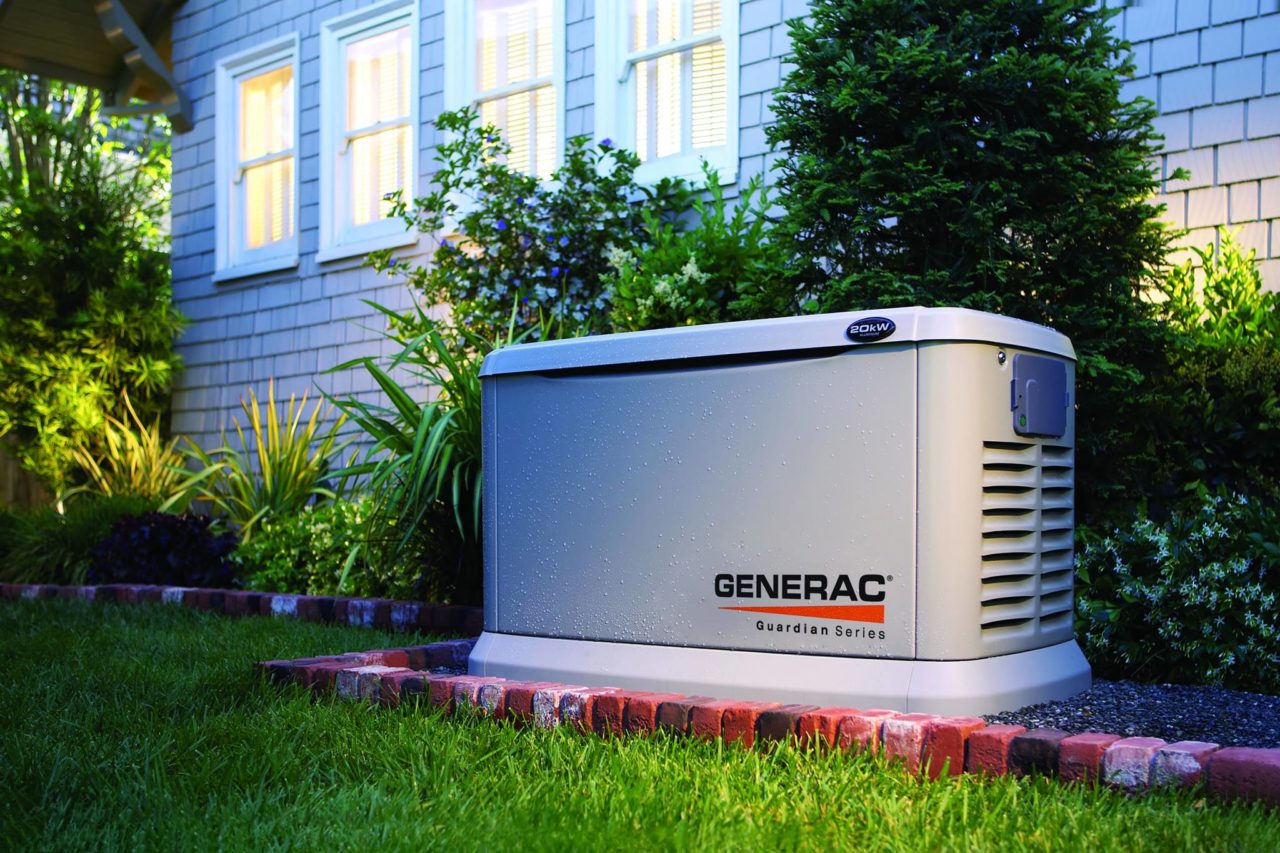
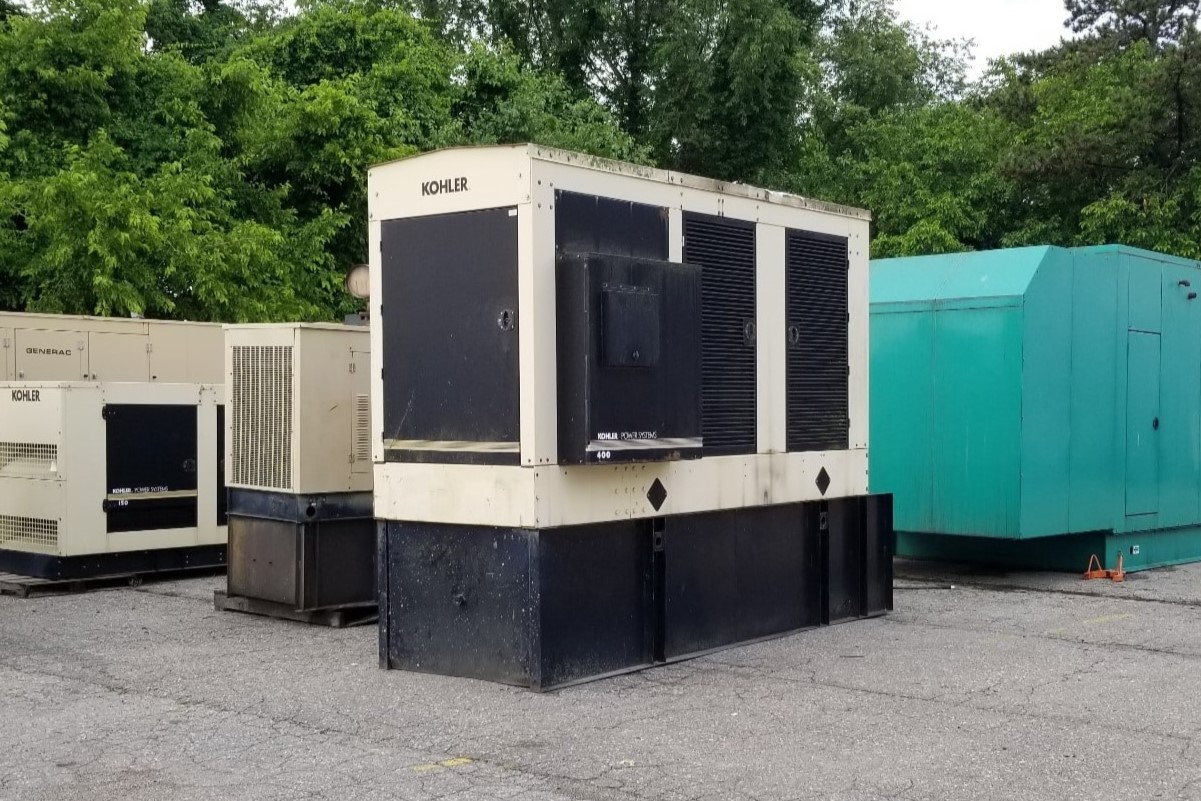
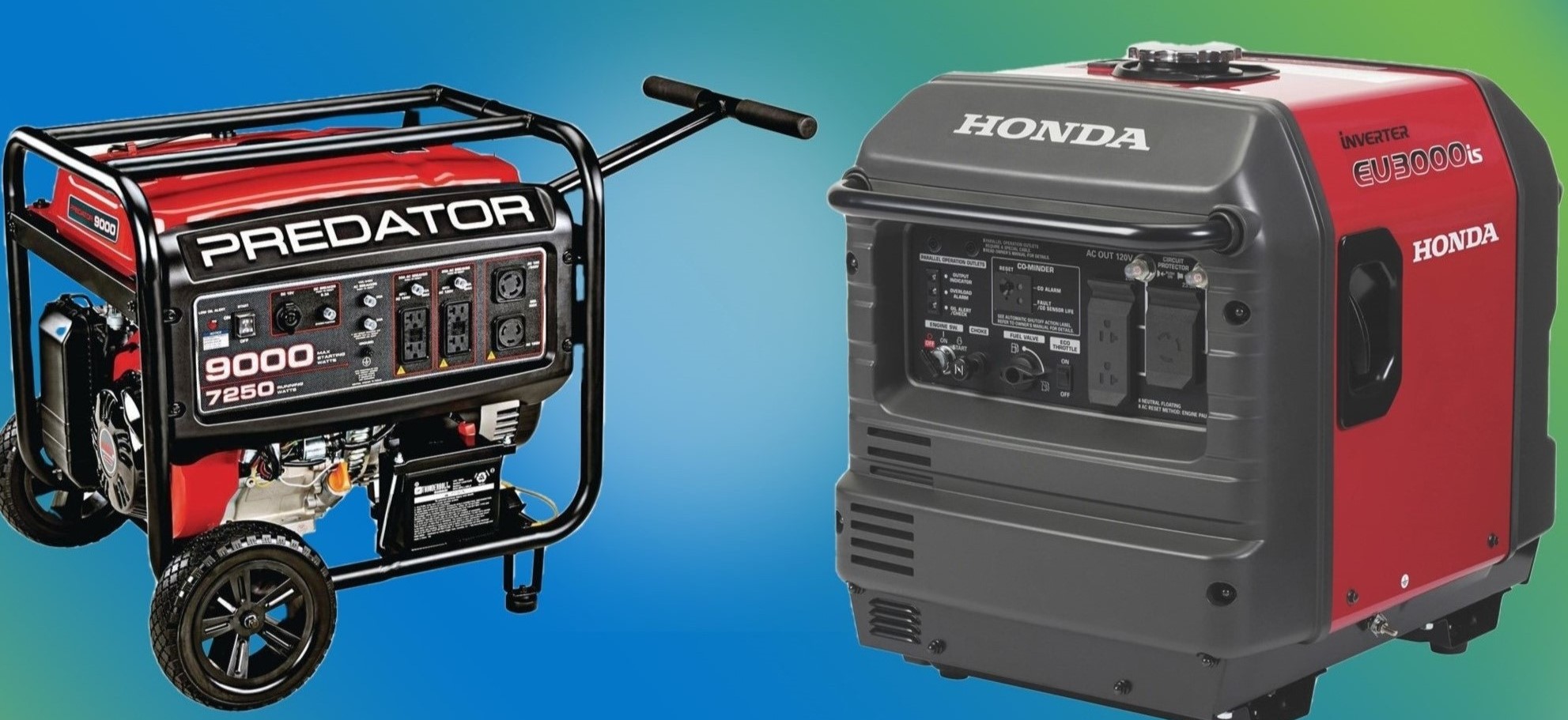
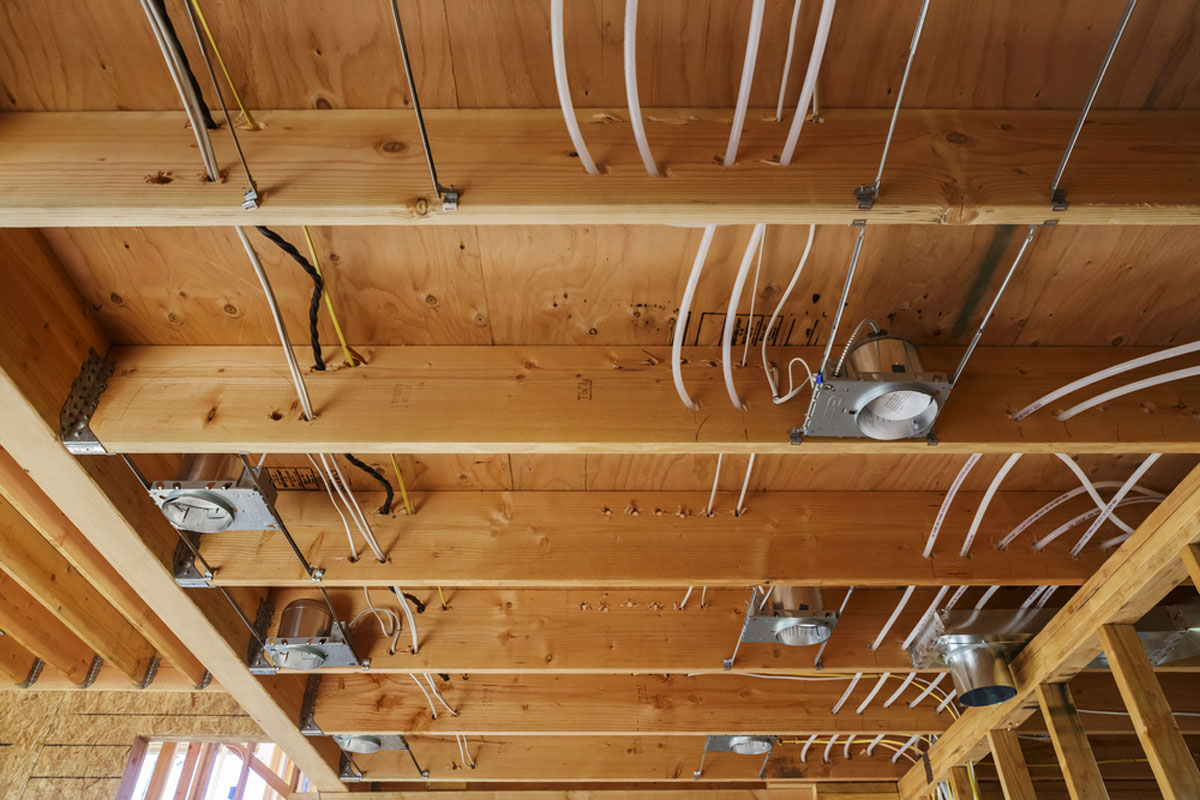
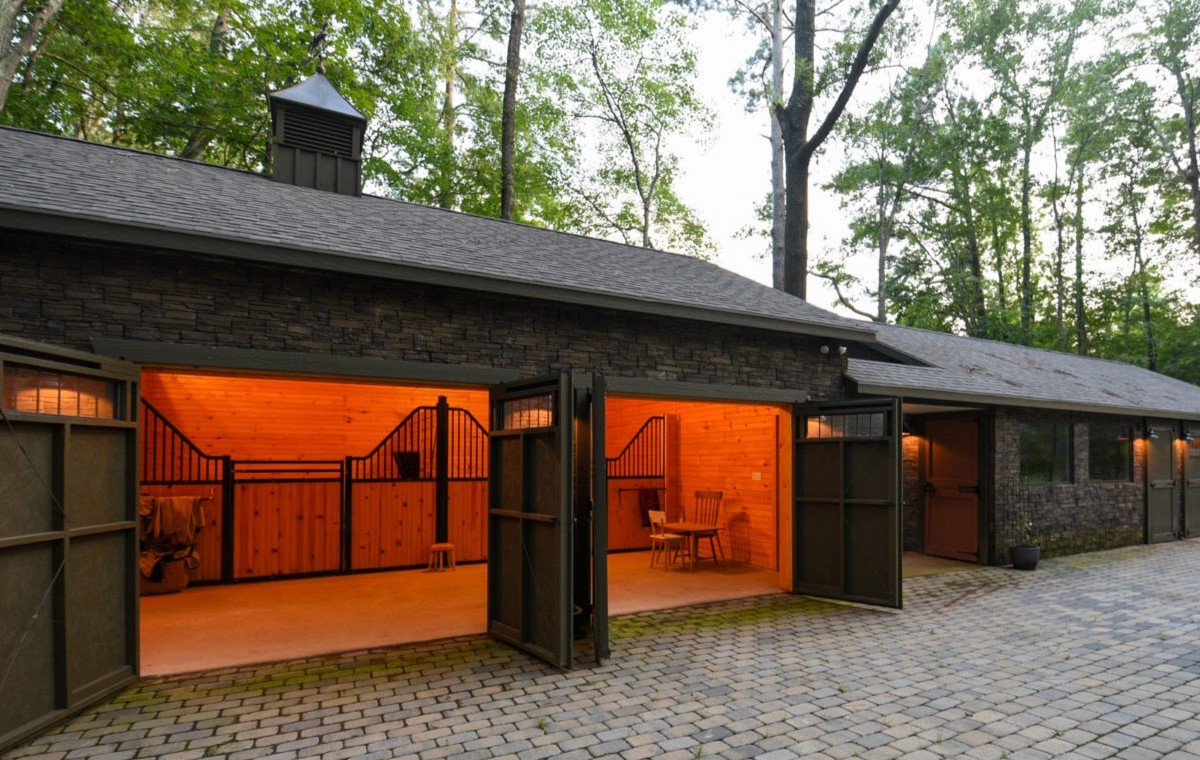
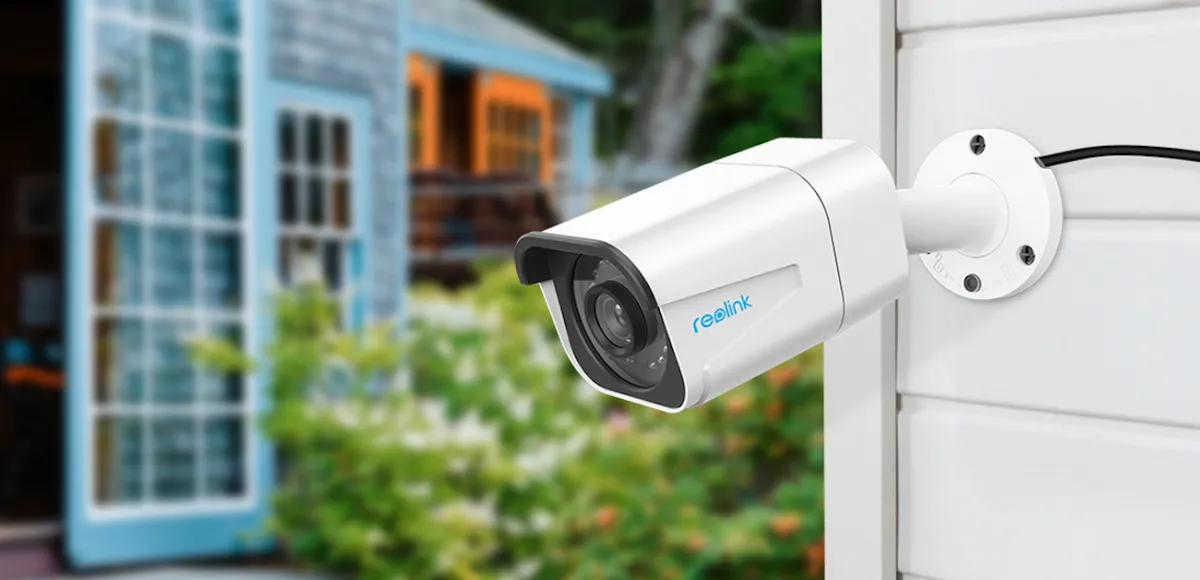
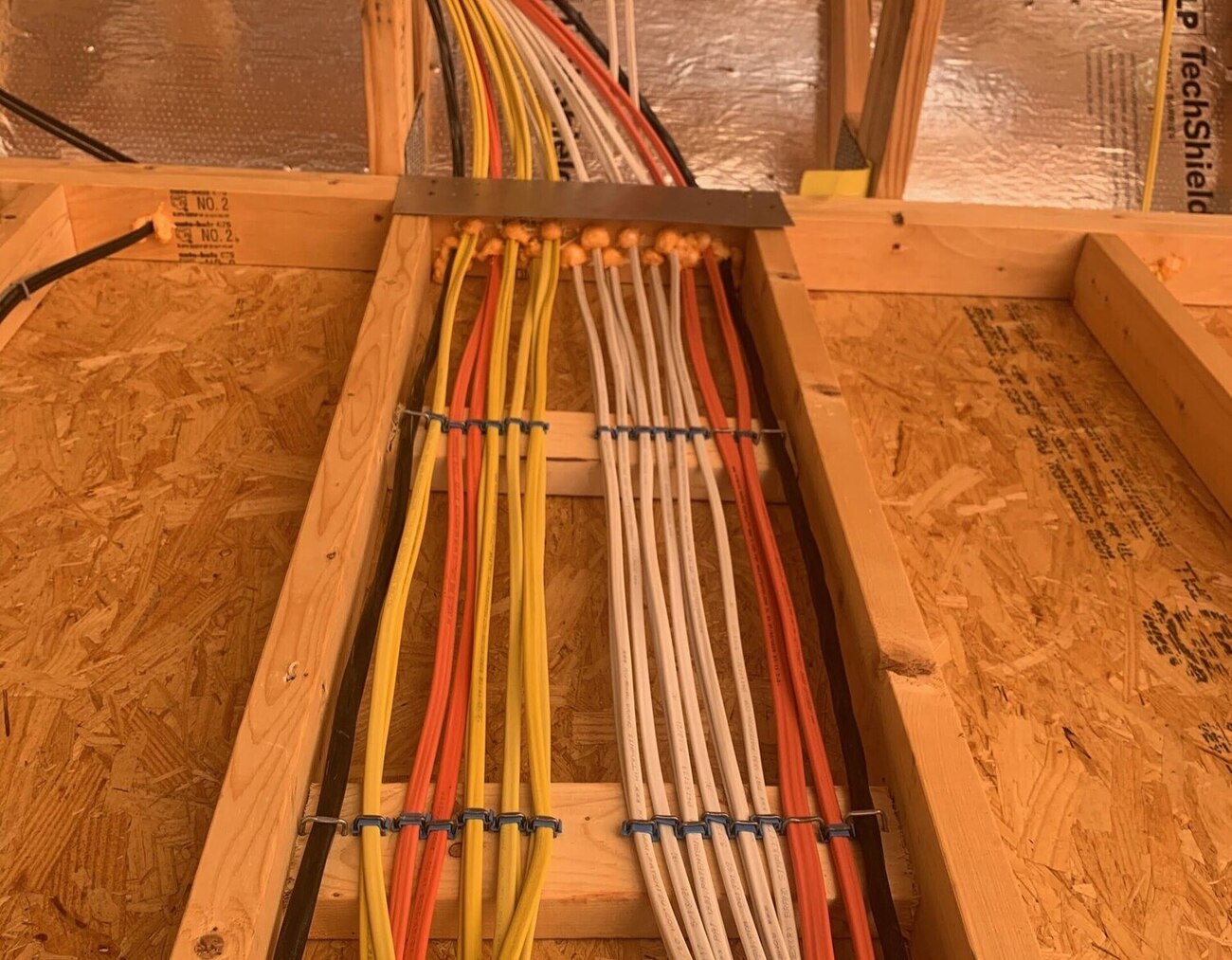







0 thoughts on “How To Wire A Backup Generator To Your House”